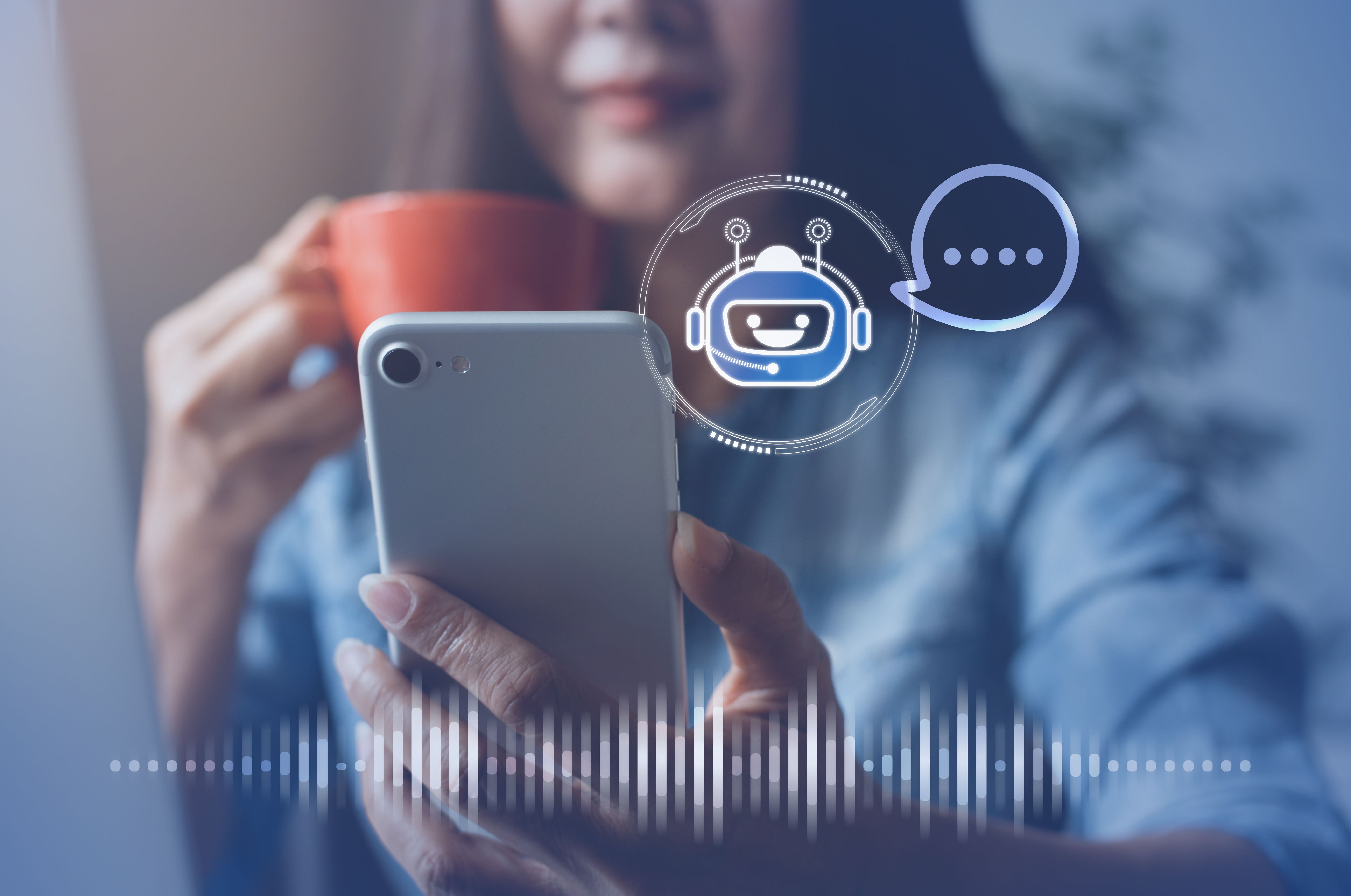
Chatbots have come a long way since their inception in the 1960s. What began as simple, rule-based programs designed to answer basic questions has evolved into highly sophisticated, artificial intelligence (AI) powered bots that can perform a wide range of tasks. In this article, we will explore the evolution of chatbots and their current state.
The Beginning: ELIZAThe first chatbot, ELIZA, was created in the 1960s by Joseph Weizenbaum at MIT. ELIZA was a simple program that used pattern recognition and substitution to simulate a conversation. ELIZA was not intelligent, but it was able to ask questions based on the user's input and respond in a way that made it seem like it was understanding the conversation. ELIZA was the first step towards developing chatbots that could hold a conversation with humans.
The 1980s and 1990s: Expert SystemsIn the 1980s and 1990s, expert systems were developed. These were rule-based systems that were designed to simulate the decision-making process of a human expert in a particular field. Expert systems were used in various industries, including medicine and finance, to help diagnose diseases and make investment decisions, respectively. While these systems were effective, they were limited in their ability to hold a conversation with users.
The 2000s: Natural Language ProcessingIn the 2000s, natural language processing (NLP) became more sophisticated, which helped chatbots become more intelligent. NLP allowed chatbots to analyze and understand human language, making it possible for them to hold more complex conversations with users. Thus, chatbots became more popular in customer service, and many companies began using them to answer frequently asked questions and handle simple customer service tasks.
The 2010s: Machine LearningIn the 2010s, machine learning became a critical component of chatbot development. Machine learning allows chatbots to learn from user interactions and improve their responses over time. Consequently, chatbots became more personalized and could understand the context of a conversation. As a result, chatbots became more effective in customer service and began to be used in a wide range of industries, including healthcare and education.
The Present: AI ChatbotsToday, chatbots are powered by AI, which allows them to perform a wide range of tasks. AI chatbots can understand the intent behind a user's message and respond appropriately, making them highly effective in customer service. These can also be used in marketing to engage customers and generate leads. AI chatbots are also used in healthcare to provide support to patients, and in education to generate personalized learning experiences.
The evolution of chatbots has been remarkable. From simple rule-based programs to highly sophisticated AI-powered bots, chatbots have come a long way in a few decades. Chatbots have revolutionized the way businesses interact with their customers. As technology continues to evolve, it is likely that chatbots will become even more advanced, offering more personalized and intelligent experiences for customers. Here, we will discuss the revolution of chatbots and how they have transformed industries.
Customer SupportOne of the primary uses of chatbots is customer support. Chatbots can provide instant responses to frequently asked questions, allowing businesses to offer 24/7 support without the need for human agents. This has revolutionized the customer support industry, enabling businesses to provide faster and more efficient service. Chatbots are can also handle multiple conversations simultaneously, which is impossible for human agents.
MarketingChatbots have also revolutionized the marketing industry. These can be used to engage customers in personalized conversations, which can lead to higher engagement rates and increased customer loyalty. Chatbots can also be used to offer personalized recommendations based on a customer's past behavior, preferences, and purchase history. This can lead to increased sales and revenue for businesses.
E-commerceChatbots have transformed the e-commerce industry by enabling businesses to automate repetitive tasks such as order processing, tracking, and customer support. Chatbots can also be used to offer personalized product recommendations based on a customer's preferences, which would likely boost sales and revenue. Chatbots can also assist customers in the shopping process by offering suggestions and answering questions about products.
HealthcareChatbots have also made a significant impact on the healthcare industry. They can provide support to patients by answering frequently asked questions, scheduling appointments, and reminding patients to take their medications. Chatbots can also assist doctors in diagnosis by providing suggestions based on symptoms and medical history. Chatbots are also being used to offer mental health support to patients who may be hesitant to seek help from human therapists.
EducationChatbots are gradually revolutionizing the education industry by providing personalized learning experiences to students. These can offer personalized feedback and suggestions to students based on their progress and learning style. Chatbots can also assist students in the learning process by answering questions, providing explanations, and offering examples. Chatbots are also being used in language learning, enabling students to practice conversation with an AI-powered language tutor.
Chatbots have undergone a remarkable transformation from their early days as scripted, rule-based systems to the sophisticated AI-powered conversational agents of today. Their ability to engage in natural language conversations and provide personalised support has made them an asset to businesses and organizations looking to enhance customer experiences and improve operational efficiency. As the technology powering chatbots continues to evolve, we can expect to see even more ground-breaking developments in the future, paving the way for a new era of customer service and communication.